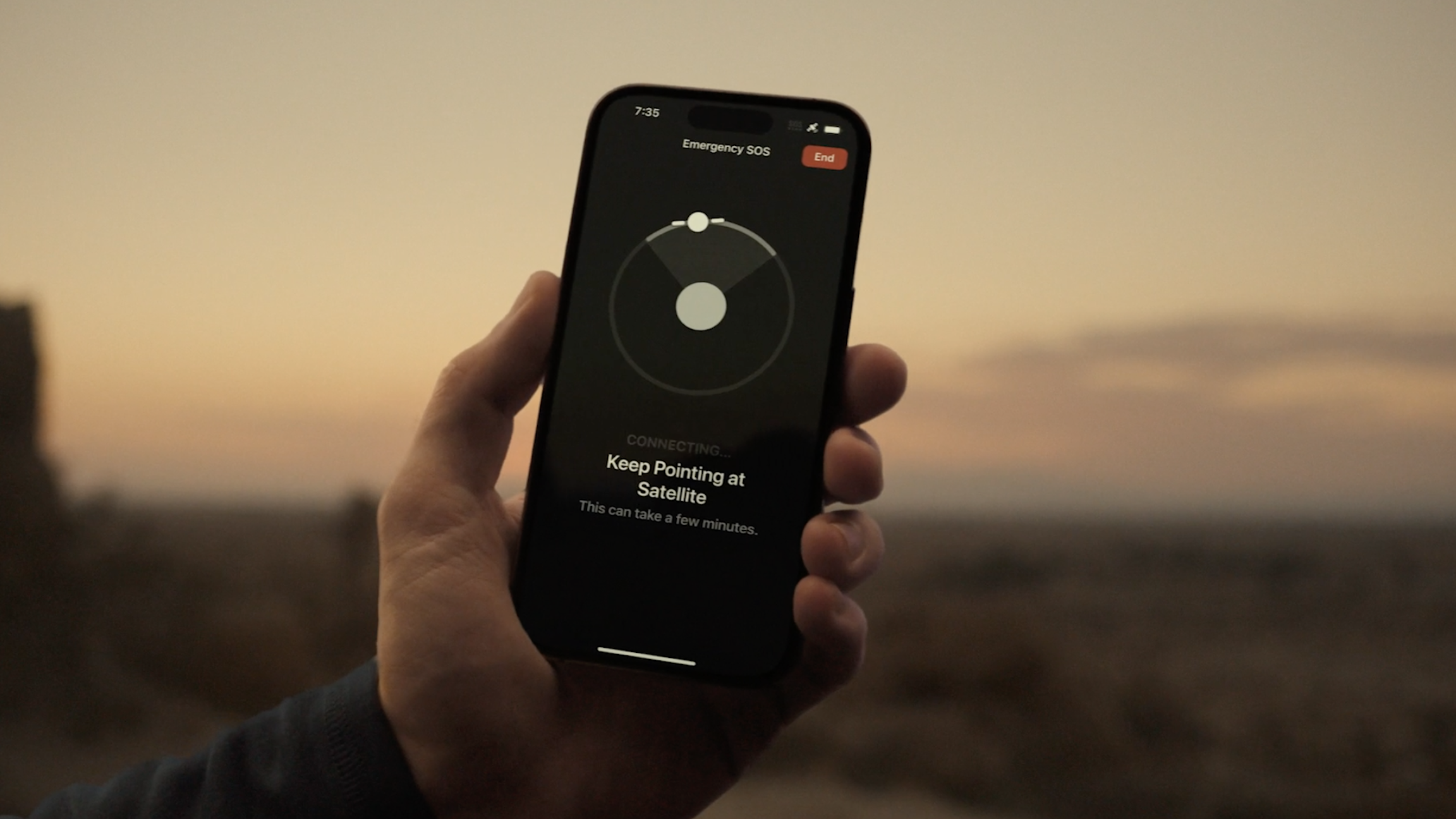
When Apple announced the iPhone 14 and iPhone 14 Pro back in September of 2022 there was a lot to get excited about. One of the features that few people will actually use was arguably one of the most important, however. Emergency SOS via Satellite is a feature that would later also appear on the iPhone 15 and iPhone 15 Pro models and it's designed to help people get help when they otherwise might not be able to.
Making a phone call to emergency services is normally no problem for an iPhone or indeed any other phone, but for those instances when there is just no cell service to go around most phones find themselves in a sticky situation. That's where the Emergency SOS via Satellite feature comes into play — it's designed to allow people to contact emergency services even when they don't have cell service. It does that using low-orbiting satellites and it works well. And it's been proven to help save lives on more than one occasion.
Now, it's been at it again although thankfully this situation doesn't appear to have been quite as life-or-death as some others that we have seen reported. In this instance, a hiker found themselves lost after taking a turn in the Angeles National Forest only to find that they couldn't get help. That's when the hiker remembered they were carrying an iPhone 14 and had Emergency SOS via Satellite at their disposal.
Safe and sound
According to a KTLA5 news report, the hiker was hoping to catch a glimpse of the Switzer Falls when they took the wrong turn and wound up lost. "The man activated the emergency transponder feature on his iPhone 14, which contacted authorities," the report says, adding that "a volunteer rescue crew was notified about the hiker, who was lost near the Arroyo Seco Research Foundation next to NASA’s Jet Propulsion Laboratory, just before 8 p.m."
It reportedly took a volunteer and trainee an hour and a half to locate the missing hiker, communicating with them via satellite messaging throughout. But even once they found them, it wasn't all plain sailing. "Once found, the rescue crew and hiker had another two-hour hike, at some points in water up to their knees, to get the man out of the forest to safety."
Using the Emergency SOS via Satellite feature is relatively simple, but iPhone owners must maintain a direct connection to the satellite in order to be able to send and receive messages. Those messages have to be text-based because of the low bandwidth nature of the connection but they're very much preferable to having no way to contact help at all.
The Emergency SOS via Satellite feature is free on all iPhone 14 and iPhone 15-generation models right now and it's helped save lives before. A user who broke her leg while hiking in Tujunga, California, was able to get help even after finding that they were unable to contact 911 using a traditional phone call. A man stranded in Alaska and a couple who were rescued via helicopter after using Emergency SOS via Satellite can also thank the feature, too.







